Menu
Close
Chronologie
CMHA Timeline
Our Founding
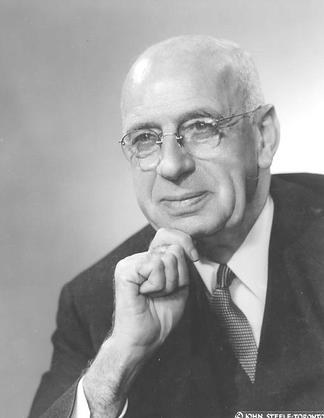
In 1918, the First World War was over, but for Dr. Clarence Hincks of Toronto, a new war had just begun. Soldiers were returning « shell shocked » without treatment. And people with mental illness were unjustly in jail or suffering inside inhumane asyums. He found inspiration in American Clifford Beers who was working to address these issues in his own country. Hincks devised a plan and assembled a mighty group of allies. On April 26, 1918, the Canadian National Committee for Mental Hygiene (CNCMH) held its first meeting and set us on a course that has spanned 100 years.
The Manitoba Survey
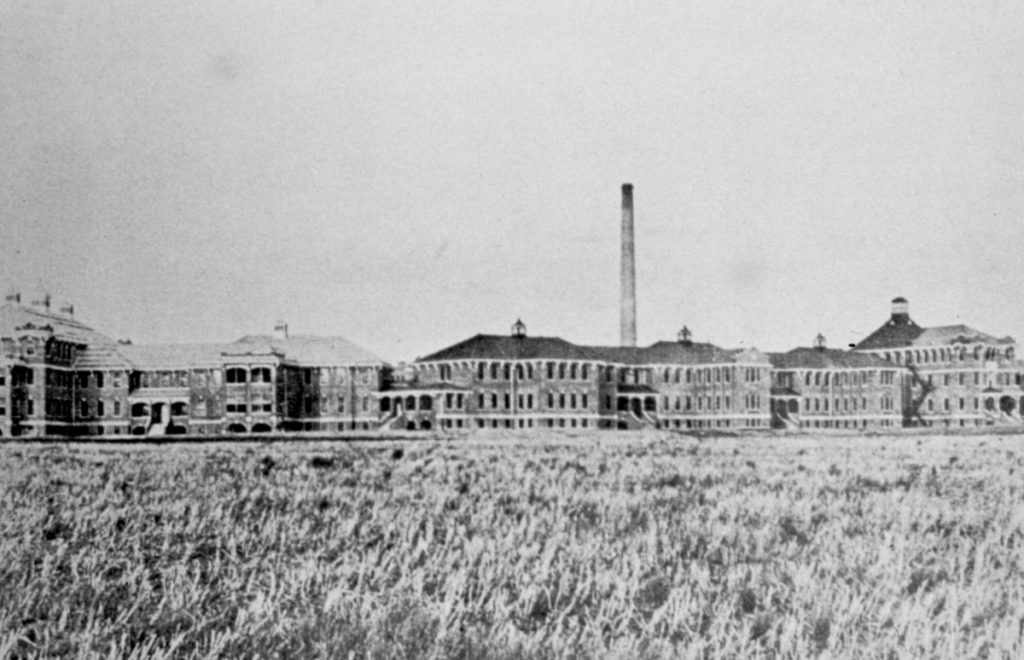
In September of 1918, Dr. Hincks and psychiatric nurse Marjory Keyes traveled to Winnipeg, Manitoba and, at the behest of the provincial government, began a survey of jails and hospitals. The conditions were appalling. Hincks and Keyes recommended that “hospitals for the mentally ill […] be regarded as being on the same plane as other hospitals.” In response, the Manitoba Government provided additional funding to the sector, changed “Hospitals for the Insane » to “Hospitals for Mental Disease,” and prohibited physical and emotional abuse of patients.
The first scientific programs and research
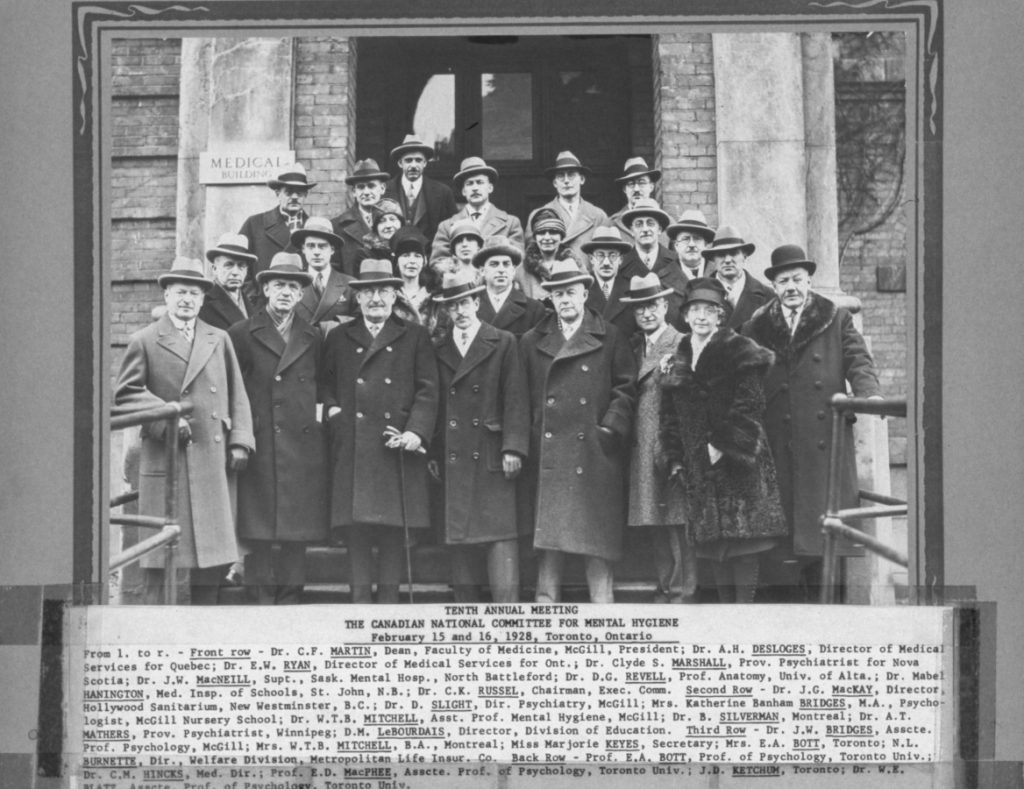
The Committee worked in cooperation with universities to increase funding for mental health research, and to provide training in mental health and psychiatry. New research and training programs for nurses and social workers were developed.
The first International Congress — bringing mental health treatment to the world
Representatives from 53 countries gathered at Washington D.C., for the First International Congress on Mental Hygiene. Dr. Hincks was elected vice president of the International Committee for Mental Hygiene.
WWII – Public health and mental health in the workplace
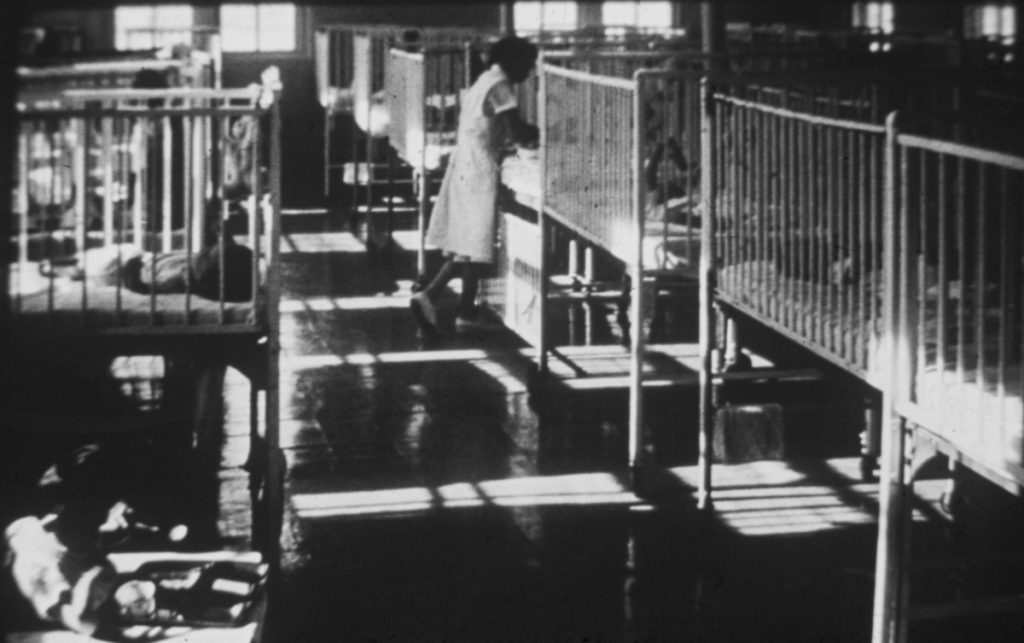
WW II brought devastation and, at home, mental health efforts were focused on wartime needs. The Commitee also pressed for mental health prevention for the entire population. This included prevention programs in homes, schools, and workplaces.
A change in name and structure
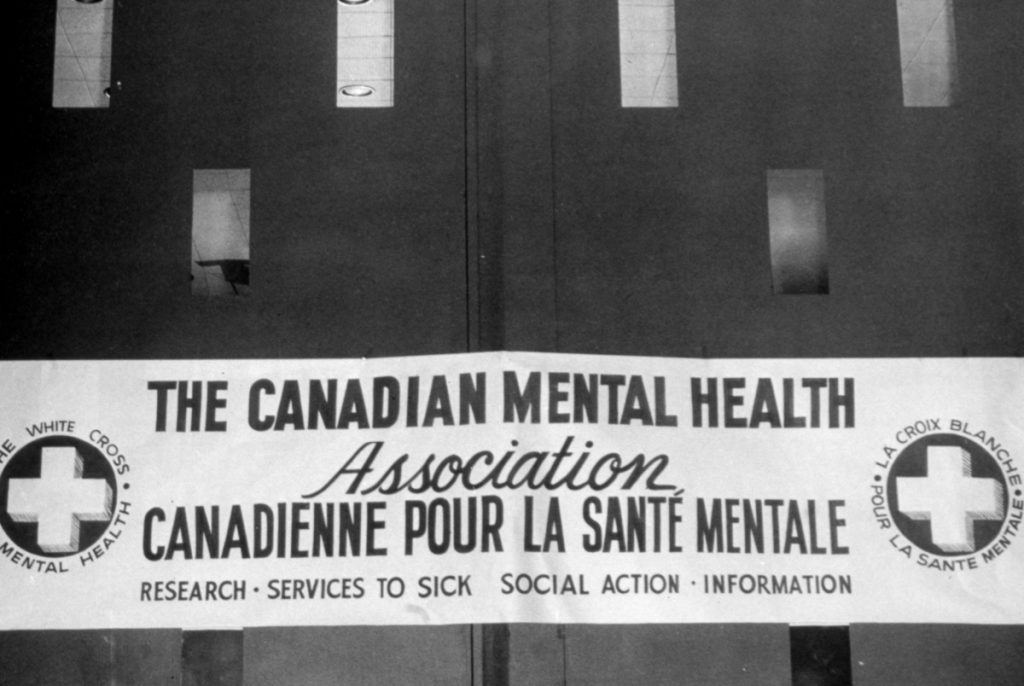
The organization changed its name to the Canadian Mental Health Association and adopted the white cross as a symbol of mental health, paralleling the symbol of the red cross. The organization drew the interest of Canadians across the country.
Founding of CMHA divisions
Provincial divisions and community branches were founded and, at the local level, CMHA attracted existing grassroots organizations to the fold. CMHA became truly national in scope: Nova Scotia (1908), Saskatchewan (1949), New Brunswick (1950), British Columbia (1952), Manitoba (1952), Ontario (1952), Alberta (1955), PEI (1959), Quebec (1961), Newfoundland and Labrador (1964). Today there are 11 CMHA provincial and territorial divisions, and 75 community branches across the country, directly serving more than 330 communities.
The first Mental Health Week
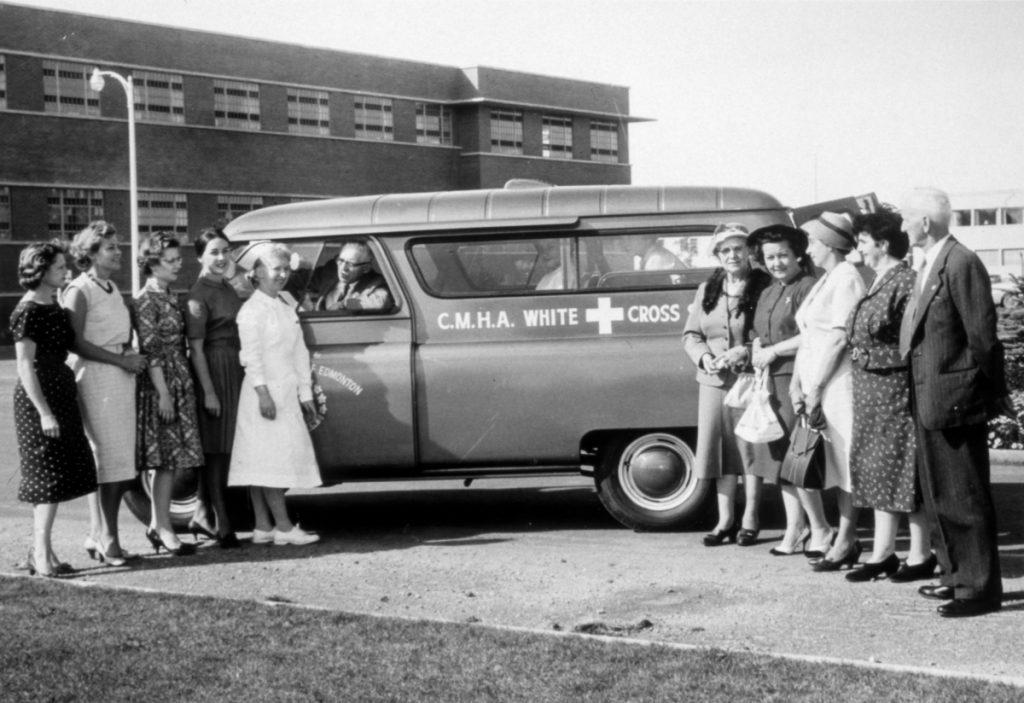
Beginning in 1951, the first week in May was designated Mental Health Week, the first awareness week of its kind. CMHA offices across the country joined forces to generate public interest and participation. Every year since, CMHA has marked Mental Health Week in communities across the country.
CMHA publishes More for the Mind – a blueprint for mental health reform
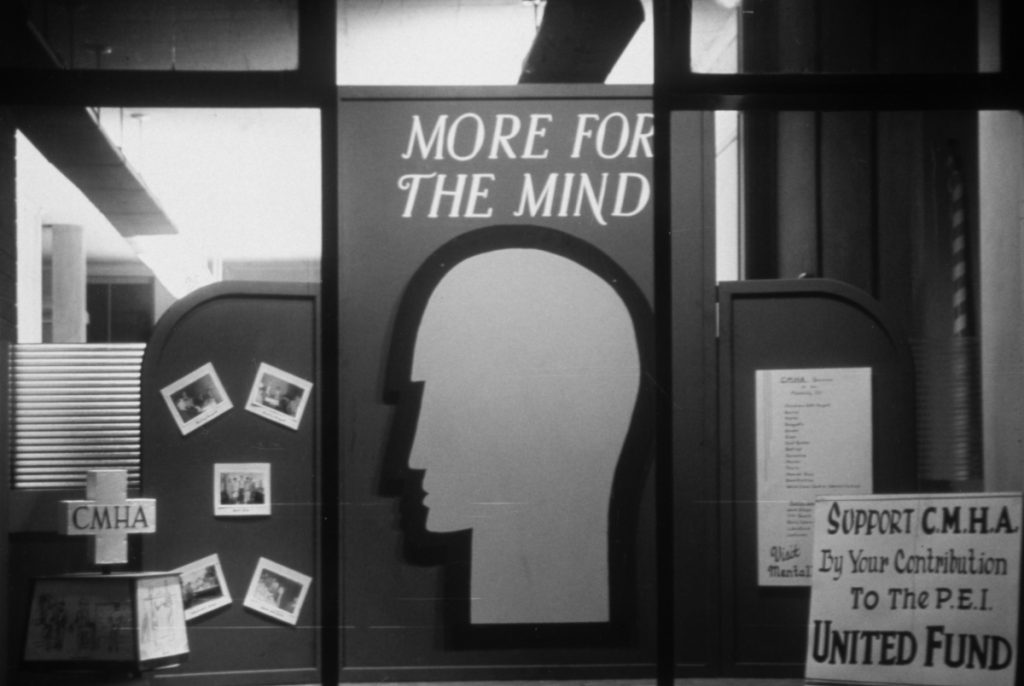
In 1963 CMHA released a blueprint for mental health reform. It called on government to replace the asylums with community services, and to treat mental health like physical health. But the government took action of a different kind. It closed down many overcrowded psychiatric hospitals. People had languished in these institutions, but now many were alone in hostile communities without adequate care.
A new logo – The Fanciful Person
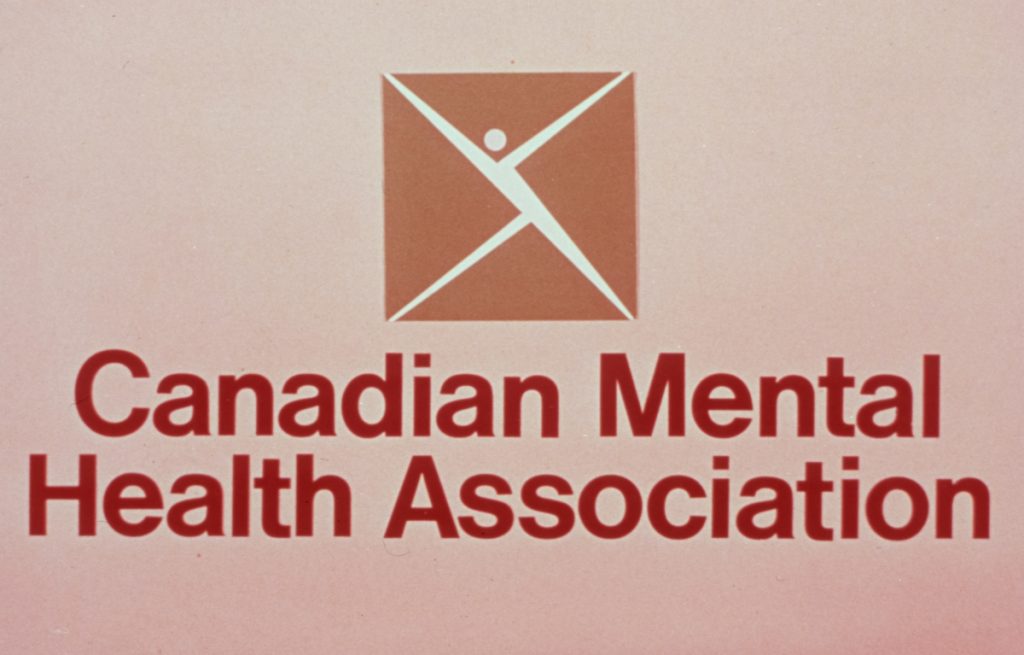
A new symbol was adopted by CMHA in 1970. Known as the Fanciful Person, this abstract human figure is thought to symbolize the role of physical and mental health in the development of the whole person.
Supportive housing and employment programs

People needed places to go, and places to live. They needed care, and they needed more than doctors. CMHA worked to fill the gaps in their communities, while compelling governments to provide essential services. CMHA started to provide supportive housing and began offering employment services for people living with mental illness.
A Centre for Suicide Prevention
The CMHA’s Centre for Suicide Prevention was founded in 1981. This education centre continues to provide information, knowledge and skills to help prevent suicide.
Workplace Mental Health program is launched

The first CMHA first workplace mental health program was founded. Today there are CMHA workplace mental health programs across the country, including workplace training, advisor training, and Not Myself Today, an initiative that promotes mentally health workplaces.
A Framework for Support published
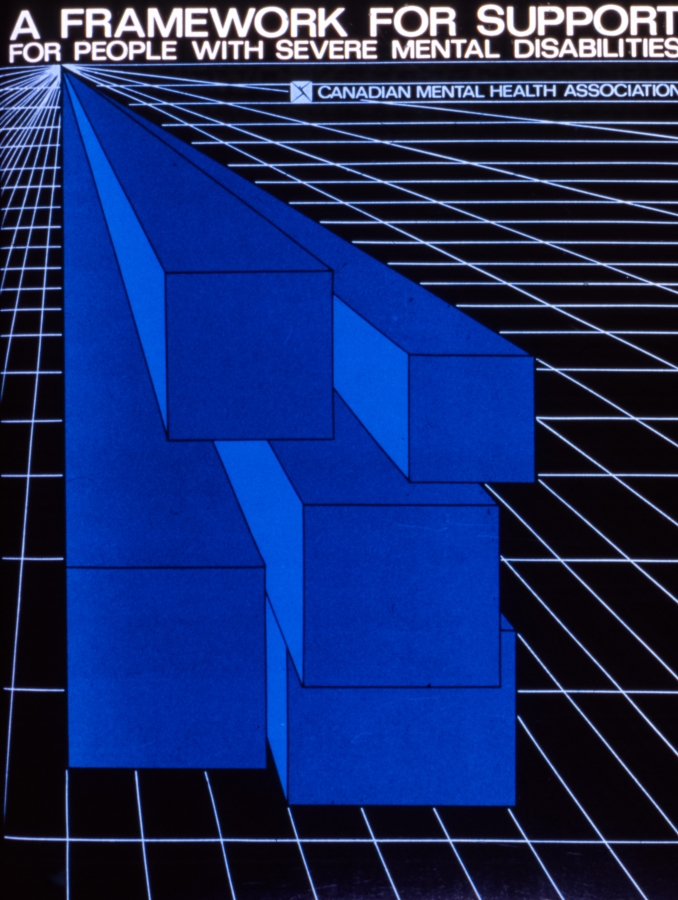
CMHA published The Framework for Support, a groundbreaking document now in its third edition. It was written to address the tragic fallout from the widespread practice of discharging people from hospitals without adequate community supports in place. It presents a simple, important, and influential plan to meet the needs of individuals, and support people’s recovery, while putting the person at the centre.
National Council of Persons with Lived Experience
The CMHA National Board of Directors established an advisory committee to formalize the goal of putting people with lived experience at the centre.Originally called the National Consumer Advisory Council (NCAC). the National Council of Persons with Lived Experience (NCPLE) has been instrumental in providing policy leadership regarding the participation of people with lived experience {PWLE) of mental health problems and illnesses.
The dawn of Peer Support

Peer support programs first started to emerge at CMHAs across Canada in the 1990s. A peer supporter has lived experience of a mental health or addiction issue and is trained to provide emotional and practical support to walk beside others on their recovery journey. CMHA’s commitment to peer support led to the 2017 transfer of Peer Support Canada operations to CMHA. Peer Support Canada offers nationally-recognized peer support certification and is part of a vast network that includes peer support programs across CMHA.
CMHA Flagship programs
BounceBack and Living Life to the Full are evidence-based inteventions, offering mental health support. BounceBack, first launched in 2008, offers free skill-building and guided self-help program grounded in cognitive behavioural therapy (CBT) and helps youth and adults manage symptoms of depression and anxiety. Today it is available through CMHAs in BC, Ontario and Manitoba. The program,Living Life to the Full, was first launched in 2010 and is also based on principles of cognitive behavioural therapy (CBT). It is a 12-hour, eight-week course delivered by trained facilitators, in a group setting. It is now available in 46 CMHA locations across Canada.
First Mental Health for All Conference

Hosted by CMHA, the first ever Mental Health for All (MH4A) Conference was held in Toronto, bringing together the country’s mental health leaders, workers, allies and people with lived experiences. The Honourable Ginette Petitpas Taylor made her first public speech as Federal Minister of Health at the 2017 MH4A Conference.
Recovery Colleges
CMHA Recovery Colleges and Well-being Learning Centres join a growing international movement, which had its start in the UK in 2009. CMHA launched its first Recovery College and Well-being Learnin Centre at CMHA Central Region in Manitoba in 2017. A second one soon following at CMHA Calgary in 2018. CMHA recovery college and well-being learning centres are innovative learning environments where people with lived experience of mental health issues, peers, family members and mental health professionals work together to co-produce and co-deliver courses that support well-being and recovery.
Celebrations are in order
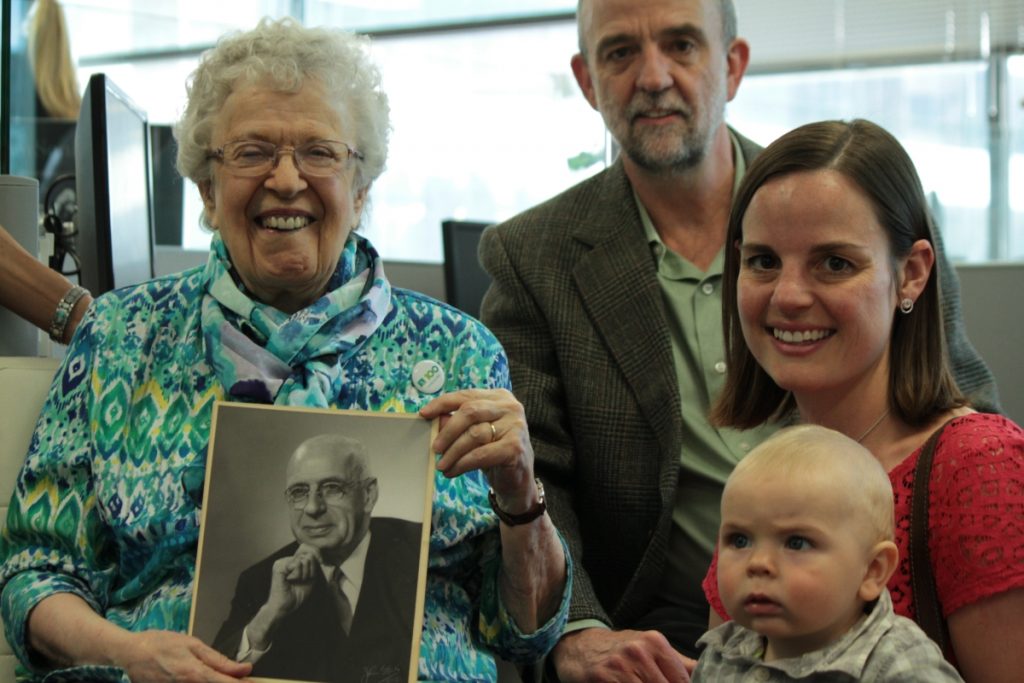
On April 26, 2018, CMHA celebrated 100 years of community mental health in Canada. Now the most extensive and established community mental health organization in the country, our federation has grown to encompass one national office, 11 provincial/territorial divisions and 75 branches and regions. CMHA is just down the street in over 330 communities, meeting local needs. And today, CMHA is a leader: in community mental health services; in prevention and promotion; policy and advocacy; in addictions and mental health recovery. It works with a commitment to Truth and Reconciliation. This is the moment we look up from the past and into the future. The vision is a century old, but it is not tired. We are not tired.
